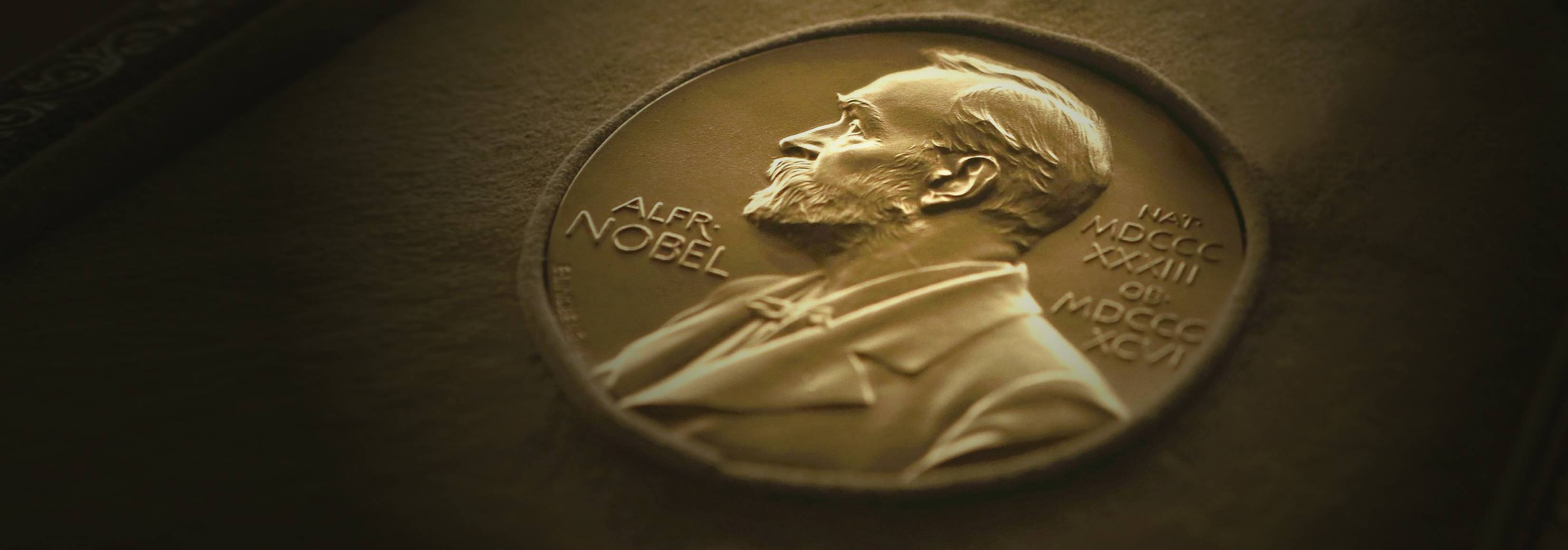Beyond the passing down of green eyes, long limbs or a talent for music, science has understood since the turn of the 20th century that even a person’s biochemistry is inheritable. But exactly how genes work, the key to the next stage of genetic research, eluded scientists until 1941, when American biochemist Edward L. Tatum and geneticist George Wells Beadle demonstrated three facts: that genes ultimately control all biochemical processes in living things; that each of those processes is the result of a sequential chain of chemical pathways; and that a single genetic mutation can affect an entire process by disrupting a single chemical step. Often cited as the first major discovery in the field of molecular biology, Drs. Tatum and Beadle’s work earned them the 1958 Nobel Prize in Physiology or Medicine.
Genetic research in the early decades of the 20th century had taken the tack of examining a cellular process in order to trace it backward to its genetic cause. But it was soon understood that a single cellular function could be influenced by more than one gene — in many cases, several — and that the picture that was emerging was overwhelmingly complex. Drs. Tatum and Beadle, working at Stanford University in the 1930s, turned the question around. Instead of looking for causes, they looked for effects: If they could create genetic mutations, they reasoned, the effects could help them describe the function of the gene in question.
In order to do this, they required an experimental model much simpler and easier to work with than those commonly used in genetic studies. There was already some experimental evidence to support the idea that many genetic mechanisms are similar across various species, both plant and animal. Drs. Tatum and Beadle chose Neurospora crassa, pink bread mold, for its simple structure, ease of cultivation and the presence of ascospores, which made it easy to isolate genetic mutants.
By exposing cultures of the mold to x-ray radiation, the two men created samples of their culture that had lost the ability to produce an amino acid, vitamin or other nutrient necessary for its continued growth. By altering the initial growth factor and the level of radiation, they were able to produce numerous such samples, each with a unique auxotrophic defect. They then crossed their abnormal samples with normal ones and confirmed the cause of the deficiencies to be genetic when the offspring inherited them. Genetic analysis of the ascospores showed that each mutant differed from the normal sample in only one gene. Biochemical analysis directly connected each mutation to a missing or defective metabolite along a particular chemical pathway, leading Drs. Tatum and Beadle to hypothesize that each gene is responsible for determining the structure — and therefore the function — of a particular enzyme. Their studies also enabled them to map out the order in which individual enzymes are produced in several different pathways.
Though later shown to be overly simplistic, the “one-gene, one-enzyme” hypothesis was a landmark finding, directly connecting genetic function to the chemical minutiae of cell metabolism. By examining mutations to shed light on gene function, Drs. Tatum and Beadle changed the way genetic research was conducted and gave future investigators a method for closer analysis of the function of individual genes. They also showed that simpler organisms are an effective model for gaining genetic information, which proved enormously fruitful in subsequent research. Many geneticists, including Joshua Lederberg, went on to use even simpler organisms, like primitive species of bacteria. Under the tutelage of Dr. Tatum at Yale University in the 1940s, Dr. Lederberg made discoveries about bacterial genetics that also led to a half-share of the 1958 Nobel Prize.
CAREER
Born in Boulder, Colorado, in 1909, Dr. Tatum earned his undergraduate degree in chemistry from The University of Chicago in 1931 and his Ph.D. in biochemistry from the University of Wisconsin, Madison, in 1934. He joined the department of biological sciences at Stanford University as research associate in 1937, becoming assistant professor in 1941. From 1945 to 1948, he was at Yale University, first as assistant professor of botany and later professor of microbiology. In 1948 he returned to Stanford as professor of biology and later became professor of biochemistry there. During this period of his career he began his collaboration with Dr. Beadle. He joined The Rockefeller Institute as professor of biochemistry in 1957 and remained there until his death in 1975.
